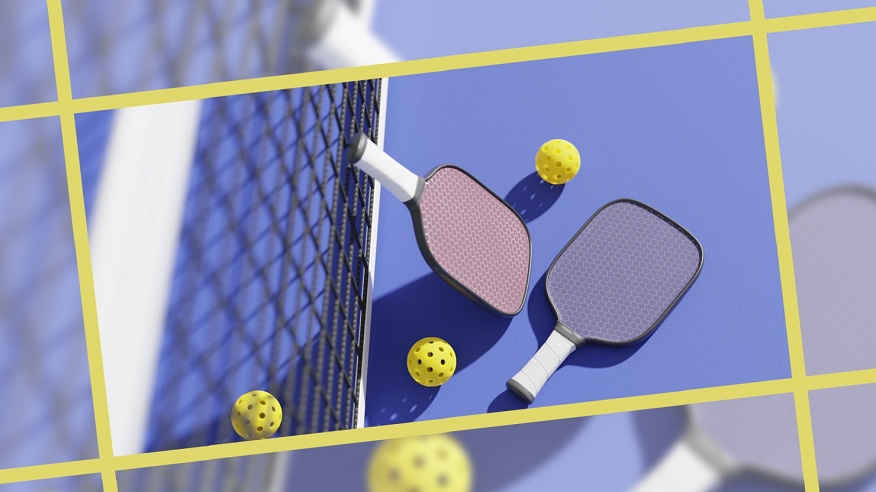The Evolution of Pickleball: Trends and Innovations
Pickleball, a sport that blends elements of tennis, badminton, and table tennis, has evolved significantly since its inception. From its humble beginnings in Bainbridge Island, Washington, to becoming one of the fastest-growing sports in the world, Pickleball has undergone remarkable changes and innovations.
Introduction to Pickleball
Pickleball, often described as a “miniature tennis,” is played on a badminton-sized court with a net lowered to 34 inches at the center. Players use solid paddles to hit a perforated polymer ball over the net. Joel Pritchard, Bill Bell, and Barney McCallum, who sought a game that the entire family could enjoy, invented the sport in 1965.
Read More: Official Pickleball Rules in the US: A Comprehensive Guide
Early Trends in Pickleball
In its early years, Pickleball was played with makeshift equipment, including wooden paddles and a plastic ball with holes drilled into it. The rules were simple, and the game was primarily enjoyed in backyards and community centers. As interest grew, formalized rules and equipment standards were established, leading to the development of the sport.
Technological Innovations
Recent years have seen significant advancements in Pickleball equipment. Paddle designs have become more sophisticated, with manufacturers experimenting with materials and construction techniques to enhance performance and durability. Court surfaces have also evolved, with the introduction of cushioned courts and specialized coatings for improved playability.
Pickleball’s Rising Popularity
Pickleball’s popularity has surged in recent years, fueled by its accessibility and appeal to players of all ages and skill levels. Community centers, retirement communities, and schools have embraced the sport, leading to a proliferation of Pickleball courts across the country. The inclusive nature of Pickleball has contributed to its widespread adoption and cultural significance.
Professional Pickleball Circuit
With the growing interest in Pickleball, a professional circuit has emerged, offering competitive opportunities for elite players. Professional tournaments attract top talent from around the world and provide a platform for athletes to display their skills. The rise of professional Pickleball has elevated the sport’s profile and inspired a new generation of players.
Health and Wellness Benefits
Pickleball offers numerous health benefits, including cardiovascular exercise, improved hand-eye coordination, and enhanced agility. The social aspect of Pickleball fosters connections and camaraderie among players, contributing to overall well-being and mental health.
Environmental Considerations
As Pickleball continues to grow, there is increasing awareness of its environmental impact. Efforts are underway to develop sustainable equipment and promote eco-friendly practices on and off the court. Manufacturers are exploring alternative materials and production methods to reduce carbon footprints and minimize waste.
Future Trends and Predictions
Looking ahead, Pickleball is poised for continued growth and innovation. Technological advancements will drive improvements in equipment performance and player experience. The sport’s inclusivity and adaptability will continue to attract new participants and expand its global reach.
Conclusion
The evolution of Pickleball reflects its enduring appeal and adaptability to changing times. From its humble beginnings to its current status as a mainstream sport, Pickleball has captured the hearts of millions worldwide. As the sport continues to evolve, embracing innovation and sustainability will be key to ensuring its longevity and relevance in the years to come.










